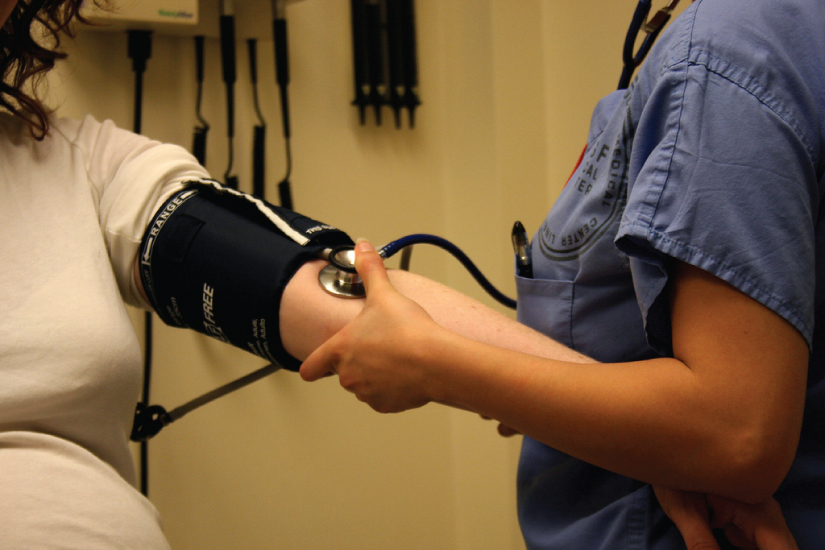
|
Gastrointestinal Pathophysiology Self-Assessment
Author:
Dr.Laurence BailenProfessor
Tufts University School of Medicine
USA
Access: |

1.1 An introduction to the human body Read Online
1.2 The chemical level of organization Read Online

After studying this chapter, you will be able to:
Though you may approach a course in anatomy and physiology strictly as a requirement for your field of study, the knowledge you gain in this course will serve you well in many aspects of your life. An understanding of anatomy and physiology is not only fundamental to any career in the health professions, but it can also benefit your own health. Familiarity with the human body can help you make healthful choices and prompt you to take appropriate action when signs of illness arise. Your knowledge in this field will help you understand news about nutrition, medications, medical devices, and procedures and help you understand genetic or infectious diseases. At some point, everyone will have a problem with some aspect of his or her body and your knowledge can help you to be a better parent, spouse, partner, friend, colleague, or caregiver.
This chapter begins with an overview of anatomy and physiology and a preview of the body regions and functions. It then covers the characteristics of life and how the body works to maintain stable conditions. It introduces a set of standard terms for body structures and for planes and positions in the body that will serve as a foundation for more comprehensive information covered later in the text. It ends with examples of medical imaging used to see inside the living body.
Gastrointestinal Pathophysiology explores the pathophysiology of a variety of gastrointestinal disorders from gastroesophageal reflux disease to cirrhosis. The course emphasizes fundamental topics in gastrointestinal pathophysiology, with a focus on correlation to clinical issues including treatment options for various common gastrointestinal disorders, each of which are covered in detail. Topics are presented in the syllabus, in didactic lectures, and in small group sessions. The materials presented in this course are a foundation for further learning in Gastroenterology.
This course reviews the pathophysiology of common gastrointestinal conditions and assumes a general understanding of gastrointestinal physiology.
The course follows an organ based structure to include disorders of the esophagus, stomach and duodenum, small intestines, pancreas, biliary system, and liver.
The material is presented in the syllabus, lecture slides, and small group sessions.